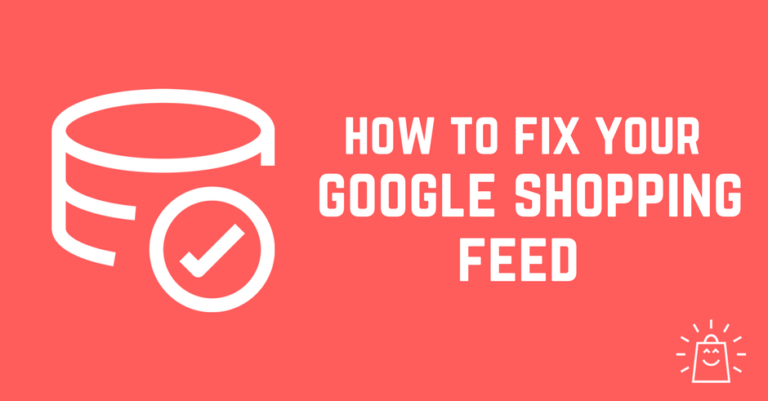
As we continue to explore the tenets within the four essential pillars of retailer performance, one thing is becoming obvious: data matters.
And few areas highlight what companies do with data more than the topic of discoverability.
We’ll discuss search positioning and digital shelf performance in this installment. As we examine this cornerstone of e-commerce, it’s important to note that improvements in this particular area often require time to foster and cultivate. The first step is monitoring to yield information that brands can analyze and act upon, in both the short- and long-term, to produce deeper and more durable results.
Why focus on digital shelf performance?
For consumers, ease of discovery tops the list of critical elements in today’s shopping experience.
With convenience a top priority, and an overwhelming number of choices to review and consider, they are not likely to scroll through several pages of results and hundreds of products. They may compare a few options, but most of their clicks (and eventual purchases) usually go to products that appear e among the top results.
Simply put, if shoppers can’t see your products, they won’t buy them. Sales will lag.
And just making an appearance somewhere in search results isn’t enough for most products. Screen space, whether a home page or an online catalog, is cramped, filled with images and related media. The digital shelf for any product category is crowded.
It’s a challenge faced by even the most established brands. But that doesn’t mean you are powerless to influence visibility and the placement of your products on the digital shelf.
What happens if brands just go with the flow and don’t try to influence the digital shelf?
Choosing not to invest in proactive measures to identify how and where your products are presented means increasing the risk that your products won’t have their moment to shine in front of likely buyers. And, in the long term, it can also cause you to expend a lot of effort concentrating on areas that are unlikely to help boost sales. Here are a few scenarios:
- Shoppers search for products with your category. Your products don’t show up — and you miss opportunities for sales.
- Because you don’t know which SKUs could use a boost in digital visibility, you schedule less relevant promotions. You don’t get the ROI you expected, wasting money and time.
- You spend ad budget to sponsor products that are already doing well organically.
- Competitors sponsor your brand’s name and keywords — and put a dent in your market share.
In addition, if brands don’t monitor how their products perform in site presence and search visibility — and benchmark the results among their retailers — discrepancies in performance between those retailers will be more difficult to understand.
Ensuring your products are consistently appearing on the digital shelf increases sales and increases the efficiency of your campaigns.
How can brands improve digital shelf performance among their retailers?
Retailers can’t show all products at once, so they need ways to determine which products will be the most visible on their sites. Homepages are often curated by hand or paid for by brands, and algorithms (and, for some retailers, sponsored campaigns and cost-per-click bids) typically determine search results. Good practices usually involve optimizing texts for search, maximizing content, increasing review count and rating average. Some algorithms also factor in sales velocity, meaning that a well-timed promo could help give a durable sales uplift that lasts even after the promotion ends. And finally, more and more retailers are launching cost-per-click (CPC) programs that allow brands to sponsor listings to drive more traffic.
Brands can take a number of steps to heighten awareness of and proactively influence their products’ visibility, such as:
- Testing how different keywords in titles and descriptions affect search position. Search algorithms usually try to match a search query to text on a page. So if you can figure out what keywords people use in searches, you can gain an edge. Craft your titles and descriptions with search intents in mind, and, where possible, iterate for the best possible search presence.
- Using promotions to mitigate poor search performance. Promotions drive sales. And sales, quite often, drive search performance. That’s because search algorithms factor in sales velocity. This makes sense: retailers want to suggest products that people actually buy. As a brand, you can take advantage of this by strategically working with your retailers to set up promotions that will offset poor search performance. Even after the promotion ends, there is a chance that your search position and product sales just might see a lingering benefit.
- Identifying where you can save on sponsored campaigns. Most of the time, CPC campaigns promote products that aren’t currently ranking on the front page. If some products are already doing well organically, advertising them isn’t as important – yet the cost is exactly the same. You should track the organic performance of your products to deprioritize the keywords and products on which you do well.
- Understanding which competitors are taking your share of search. Search performance is a zero-sum game. If you’re losing ground, it means that a competitor is gaining an advantage. By monitoring the share of search of all brands in your market, you’ll be able to get a clear picture of who’s getting ahead and plan specific counter-measures.
Taking search seriously and ensuring you are claiming your portion of the digital shelf throughout your retailer network boosts your competitive advantage and can resolve other concerns and provide insights about your products’ performance.
Our next (and final!) installment in this series will focus on content performance — how to measure its success and why it matters. Methods to optimize product content and attract reviews from satisfied customers are among the topics most often discussed with our clients.
Stay up to date on the latest news, trends and insights in our industry! Subscribe to the ChannelAdvisor blog now.





